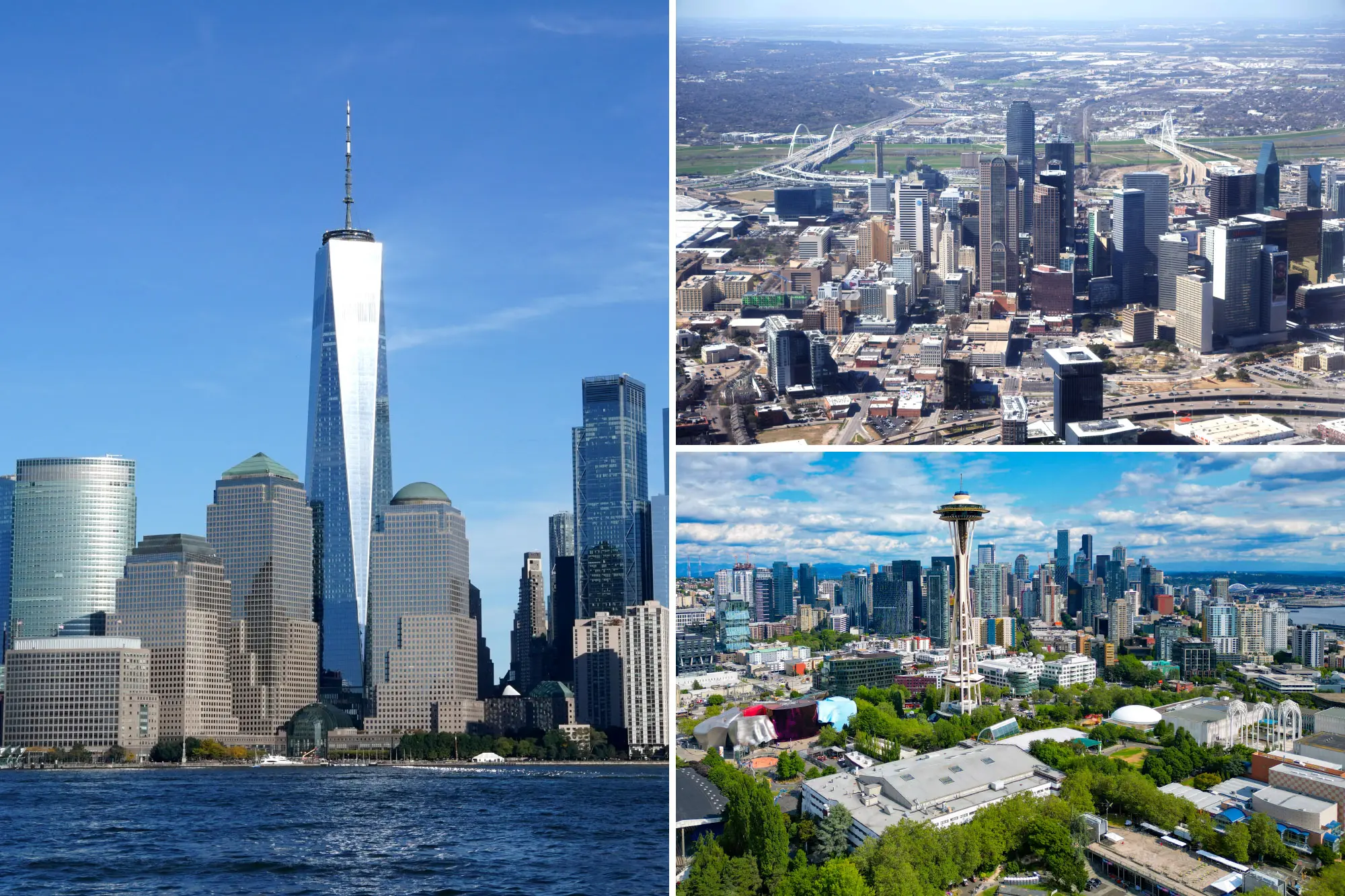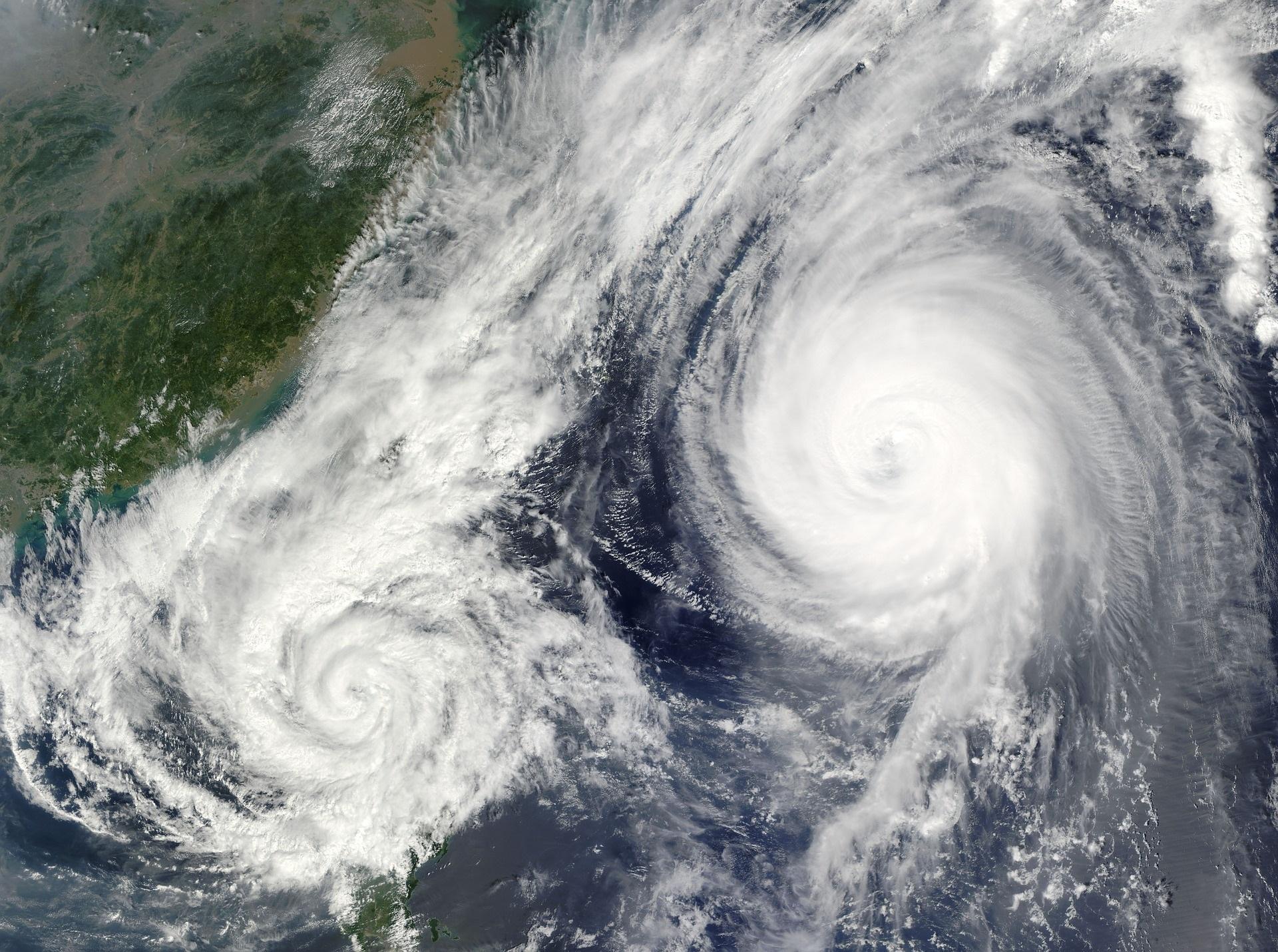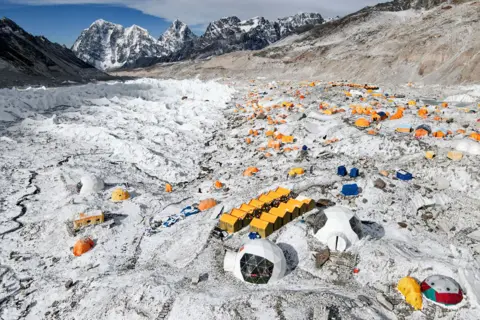All of America’s Biggest Cities Are Sinking—And the Risks Are Growing, Study Finds
A groundbreaking new study published this week in Nature Cities reveals that all 28 of the most populous cities in the United States are sinking—some more rapidly and unevenly than others—due largely to human activities such as groundwater extraction. The study also warns that the resulting land shifts could pose growing risks to buildings, roads, and other infrastructure.
Using high-resolution satellite data capable of detecting vertical ground movement down to the millimeter, researchers found that in 25 of the 28 major cities, more than two-thirds of the land area is experiencing subsidence. About 34 million Americans are currently living in these affected zones.
“Over time, this subsidence can produce stresses on infrastructure that will go past their safety limit,” said lead author Leonard Ohenhen of Columbia University’s Lamont-Doherty Earth Observatory.
Houston: The Fastest-Sinking City
Houston, Texas emerged as the fastest-sinking city, with over 40% of its area subsiding at more than 5 millimeters per year—and some zones dropping by as much as 5 centimeters annually. Fort Worth and Dallas also show significant subsidence rates, along with portions of Las Vegas, San Francisco, and even New York’s LaGuardia Airport area.
The primary culprit is massive groundwater extraction, which accounts for 80% of the overall land sinking. When water is withdrawn from underground aquifers—particularly those made up of fine-grained sediment—the empty spaces collapse, causing the surface to sink. In Texas, oil and gas pumping exacerbates the issue.
Beyond the Coasts: Interior Cities Also Sinking
While coastal areas face dual threats from both land subsidence and sea-level rise, inland cities like Denver, Nashville, and Indianapolis are also sinking. Some of this is due to long-term natural processes. For instance, land along the edges of the ancient North American ice sheet—now free of its massive weight—continues to adjust, resulting in subtle but persistent sinking.
Additionally, the weight of urban development itself may be contributing. A 2023 study cited in the paper found that New York’s more than one million buildings are pressing down on the ground with enough force to contribute to localized subsidence.
Uneven Motion, Uneven Risk
Perhaps more concerning than slow, uniform sinking is differential motion—where some parts of a city rise while others sink. This uneven movement puts stress on buildings and infrastructure, potentially causing dangerous tilting or even collapse.
While only about 1% of land across the 28 cities is subject to this uneven motion, it includes densely developed urban cores with around 29,000 buildings. San Antonio, Austin, Fort Worth, and Memphis rank highest in potential building risk, with San Antonio seeing one in every 45 buildings exposed to high-stress zones.
Preparing for a Sinking Future
Although past data shows only 2% of known U.S. building collapses (from 1989 to 2000) were directly caused by land subsidence, the cause of 30% of those collapses remains unknown—suggesting the problem could be underrecognized.
The researchers urge cities to act on this new knowledge by improving flood defenses, incorporating land movement into urban planning and building codes, retrofitting older buildings, and restricting new construction in high-risk zones.
“As opposed to just saying it’s a problem, we can respond, address, mitigate, adapt,” said Ohenhen. “We have to move to solutions.”
The study was produced in collaboration with scientists from Virginia Tech, UC Berkeley, Brown University, and several international research organizations, including the United Nations University.










